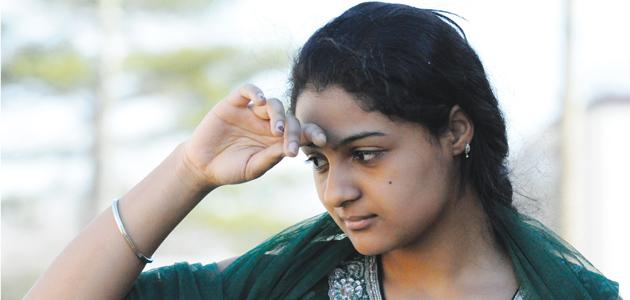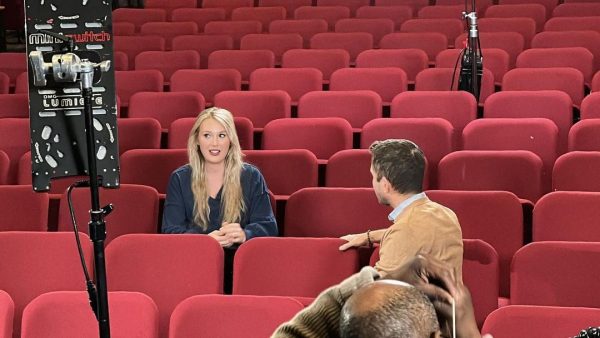Practicing for Heritage Night
Sophomore Rani Bhangu is performing the classical Indian dance Kathak. This is Bhangu’s second year performing at Heritage Night. She says that she has been practicing for the performance since November. Bhangu also takes dance lessons to prepare for the annual event.
Heritage Night, the largest cultural talent showcase of the year, will be held on March 15. It will feature acts ranging from graceful Vietnamese dances to the rich dances from West Africa.
A few of the acts have been preparing for a long time, while others have only just started.
“I’ve been preparing since November, I believe,” sophomore Rani Bhangu said.
Bhangu will be performing a classical Indian dance called Kathak, which means “storytelling,” by herself.
“I’ve done it alone before and I guess I am a little nervous, but I feel like I’d do better by myself cause I wouldn’t have to coordinate [with others],” Bhangu said.
Understandably, group acts face more difficulty than solo acts to arrange practice times.
“I think that when they work in a group, it’s hard for them to get together to have the practice time to perfect it,” Heritage Night sponsor Georgianna Tomisato said.
Though groups practice by themselves, on-stage practices are their chance to receive constructive criticism from Tomisato.
“We’ve been rehearsing for the whole past month; sometimes we mess around a lot and Ms. Tomisato is actually helping us; she tells us what mistakes we make and then she tells us, which I think is really cool cause she makes the dance better,” senior Heidi Osorio said.
Many performing groups are facing the challenge of working around schedules, sports or other after school activities.
“[Coordinating] was hard because, as girls, we always have activities to do,” junior Patricia Moriba said.
“And when we’re talking, we always want to talk over one another, but at the end of the day, we did get it done, and got all the dances together we found a time to get together, and it went out well.”
Moriba will be performing in the “West African Gyrls” girls group with five other performers from the West African countries of Sierra Leone, Ghana, Nigeria and Gambia.
“We’ve been practicing for about two months now, and it’s really easy dances like dances that we’re pretty much used to,” Moriba said. “We just added it all together so that it’s one big routine from different cultures.”
While most believe Heritage Night performing groups to be filled with homogeneous groups of students from the same culture or even continent, certain cultural acts have also branched out to include more than one culture.
Osorio, from Guatemala, will be performing a Vietnamese dance with a group of Vietnamese dancers.
“I’m not Vietamese, but I still like it,” Osorio said. “Most of my friends are from Vietnam, and I think it’s really wonderful to get to know another culture and what they actually do, like events that they do in the country.”
The Korean dance group, Korean K-pop, will also be culturally diverse with three Korean members, two Chinese members and one hispanic member.
Though Heritage Night is aimed towards displaying a piece of a culture through a short performance, has also managed to teach others about different cultures, and make an average of $3,000 per year according to Tomisato.
For Tomisato, who is also an ESOL teacher, Heritage Night goes beyond learning about and displaying different cultures.
“But why this is so important to me is, I’m an ESOL teacher. I have 3 students who came to the United States this year, and can hardly speak any English, and yet they’re getting up here on this stage in America to perform in front of 700 people. It is so exciting for them to be able to do something like a dance from their country – it means so much to them.”

This is Christine Tamir's fourth year on the staff of The A-Blast. She is one of the two Editorials editorials for this school year. Besides the newspaper,...













Emily Slough • Feb 29, 2012 at 8:54 pm
This event is hugely entertaining and the auditorium is packed. I am excited to go for the 3rd year in a row!